This information is for Queensland residents. Electricity bills and tariffs will vary state to state, so please keep this in mind when completing your research.
This blog forms part one of our Queensland Bill Hunter series, where we are on the lookout for the worst electricity bill in QLD. Think you might have the worst bill? Submit it to us here and we will review it, provide an analysis, and offer recommendations for improvement.
In this series, we are exploring five different bill types and tariffs:
Five Part Series
1. Flat rates and off-peak charges
2. Flat rates with demand charges
3. Commercial demand electricity bills
4. Electricity bills when you have a solar system
5. Electricity bills when you have a solar system and a battery
This blog offers an in-depth guide on how to read and understand flat rates and off-peak charges on residential electricity bills.
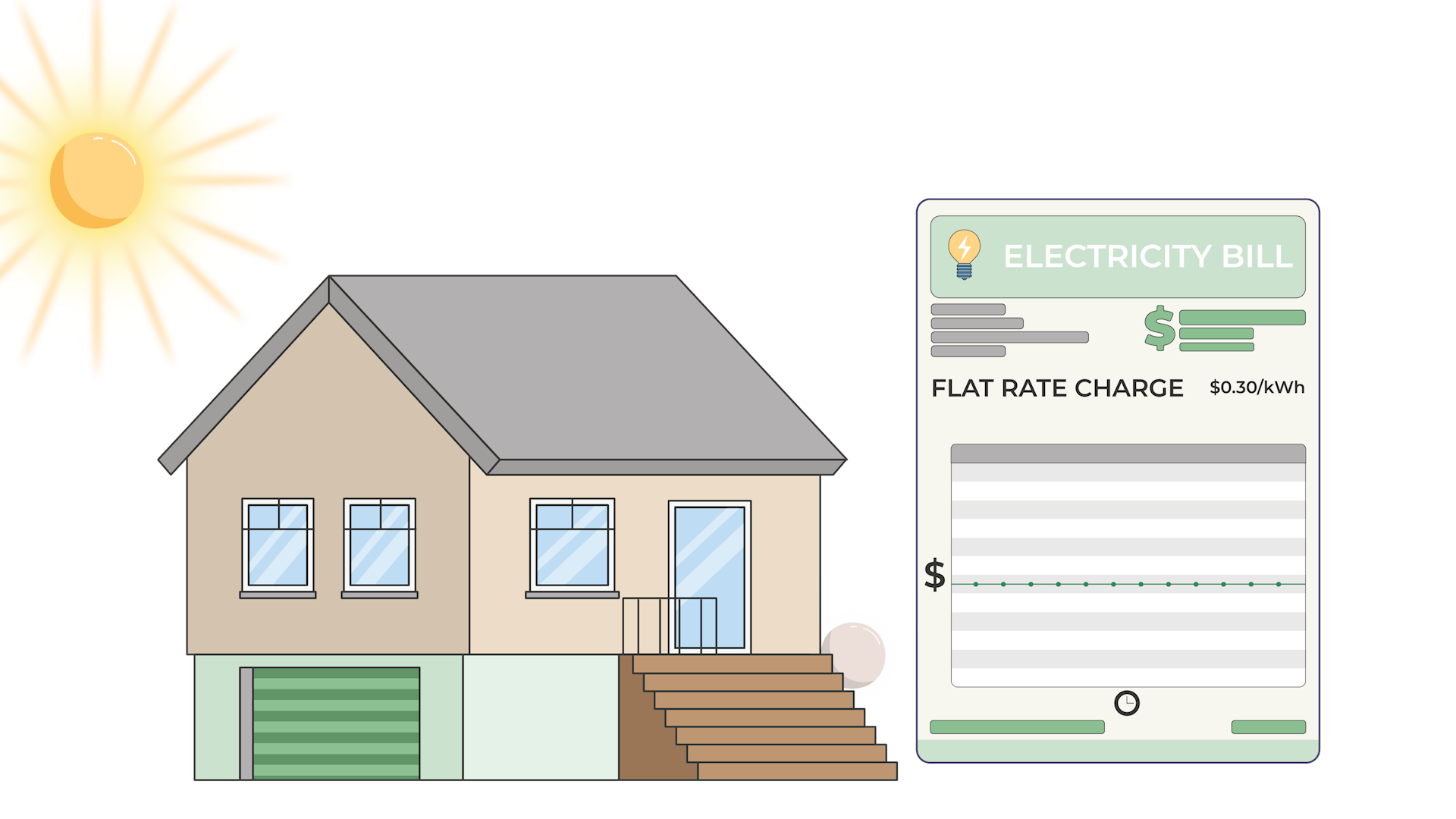
Flat rates are the most common electricity bill tariff you will find in residential households. The example we share below is an electricity bill with a flat rate and off-peak charges. This bill belongs to one of our customers who later had us install a solar energy system on their home. But first, let's explain what a flat rate is and what an off-peak tariff is.
Read more: Queensland electricity prices to increase by up to 22%
What is a flat rate electricity charge?
A flat rate, or single rate electricity bill, is a bill where you get charged for the electricity you consume in your property at one singular rate. This singular rate is applied to all general usage of electricity in your property.
This singular rate is a set rate of cents per kilowatt hour for the entire bill. This rate will not change depending on the time of day, time of use, or for the demand you're using on the bill.
What is an off-peak electricity charge?
An off-peak rate is an additional rate that is applied to the use of your hot water system. This is a separate charge to general usage, reserved for electricity used to heat your hot water unit. It is often referred to as a controlled load in your bill charges section.
Like the rate charged for your general usage, the off-peak rate is a flat tariff.
Example electricity bill
This is a real bill from one of our Queensland customers who was hoping to determine whether a solar energy system would be worthwhile installing on their property. Let's analyse this bill together to find out.
You're probably aware that electricity bills all look slightly different depending on the retailer, but all bills are broken down into sections. The most important section you need to pay attention to is the charge descriptions - keep scrolling to find out where this is and how to read it.
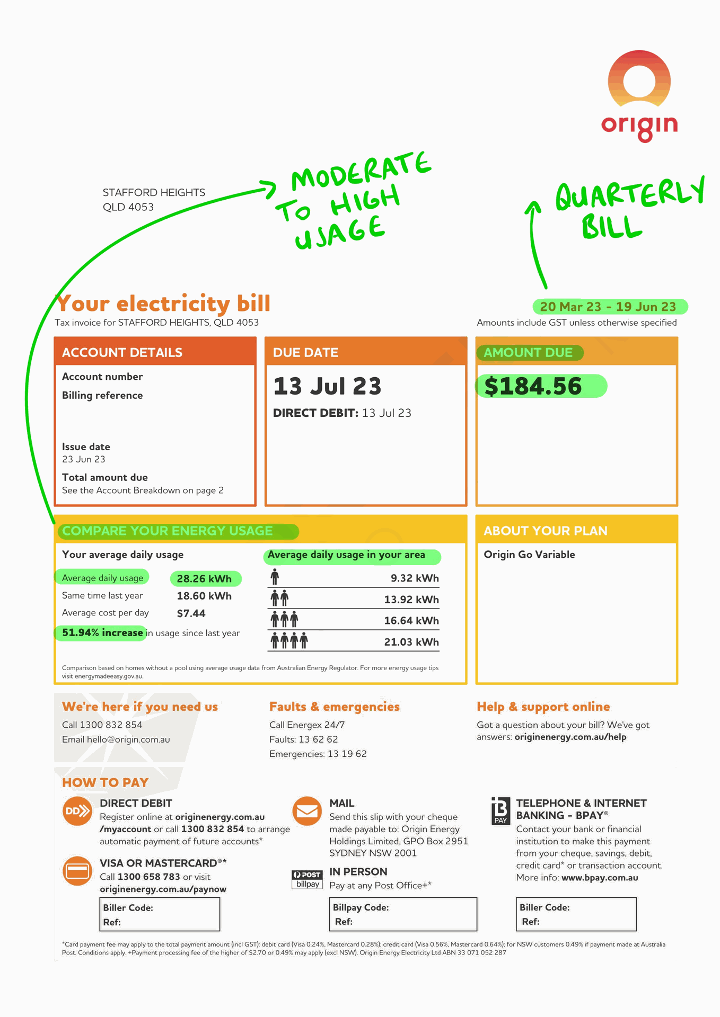
Page 1
Page one of this bill displays the billing period, energy usage summary, and a quick look at the total amount due. It's worth reviewing your energy usage and how it compares with other similar properties, as this is an indicator of how much electricity you are consuming and whether or not you are using in excess.
The majority of people will look at the total amount due figure, pay the bill, and call it a day. But this figure doesn't show you any of the charges contributing to the total cost, rendering you blind to the most important aspects of your bill (what you're actually being charged).
There are many factors contributing to this total amount due, and we want to find out what. So, let's ignore the total amount due, and continue.
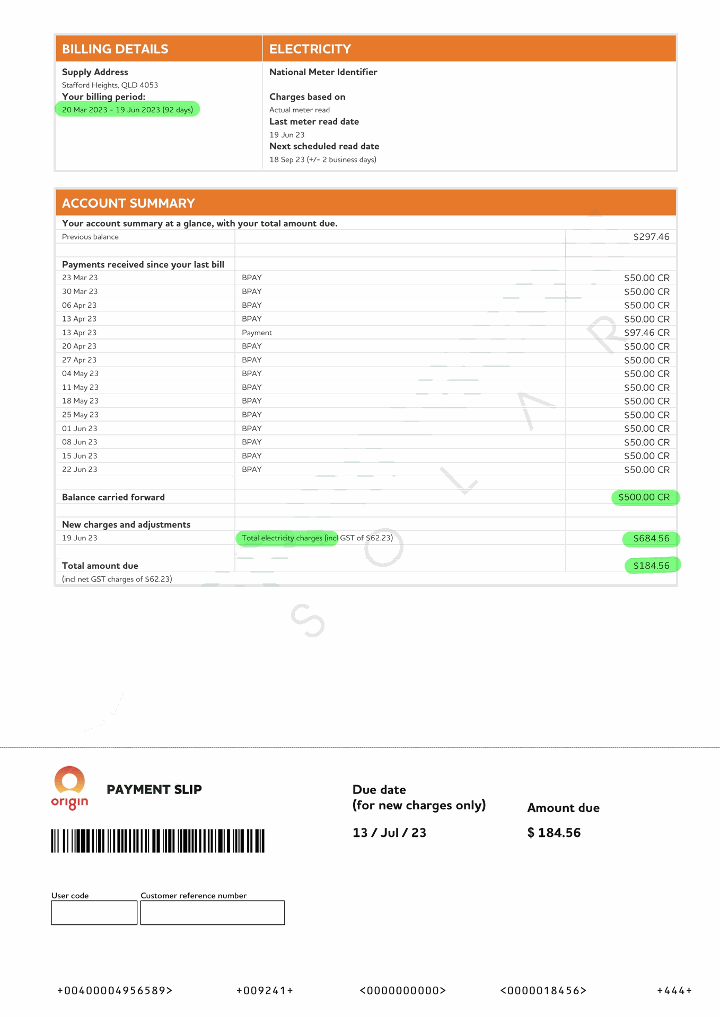
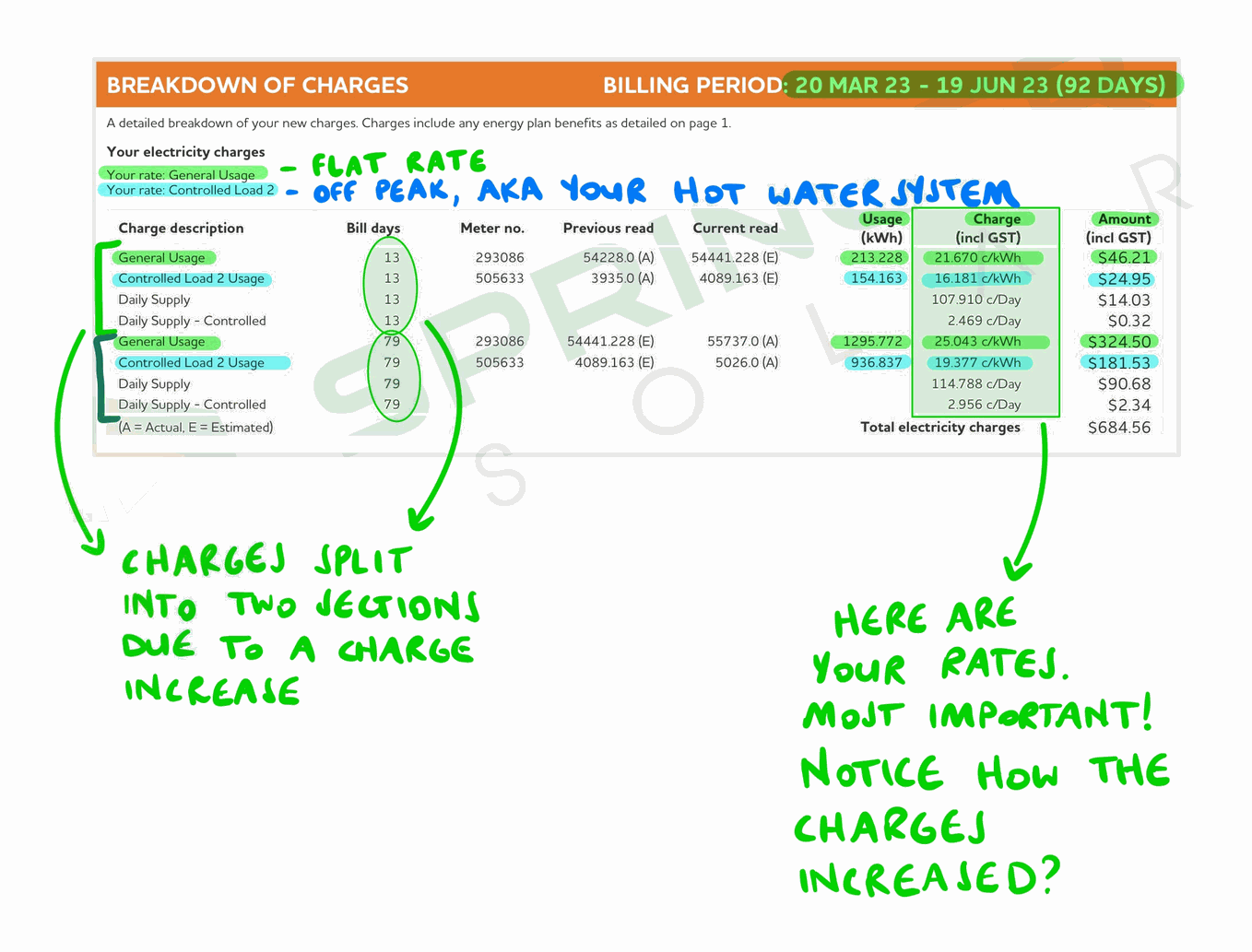
Page 3
Page three has the good stuff. This is where you can see the breakdown of your charges. At first glance, it can be quite confusing, so let's break it up to understand what's going on here.
This bill has two charges listed:
1. General usage: this is the flat rate
2. Controlled load 2: this is the off-peak rate for your hot water system
This is a quarterly bill - you can see that this bill covers the period from March to June. However, the charges are actually split into two sections, as you can see by the bill days breakdown. This is indicative that the charge rates were changed halfway through the total billing period. For this particular bill, the charges were increased on day 14 of this billing cycle.
For the first 13 days, the general usage was charged at a flat rate of $0.21 per kilowatt hour, and the off-peak rate for the hot water was charged at $0.16 per kilowatt hour.
As of January 2024, these rates are pretty good, but if you look at the remaining 79 days, there's been a charge increase. The general usage has increased to $0.25/kWh and the off-peak tariff has increased to $0.19/kWh.
The first 13 days resulted in a total general usage charge of $46.21 and a total off-peak charge of $24.95. The remaining 79 days on this bill saw $324 for general usage and $181 in hot water service charges on the off-peak tariff. This resulted in a total electricity charge for the whole quarterly period of $684.56 (including daily supply charges).
These electricity charges have the potential to be reduced drastically. Continue reading to see our recommendations.
Read more: Pros and cons of solar energy in 2024
How to save money on this electricity bill
1. Completely eliminate the off-peak charge
The off-peak charge on your electricity bill is 100% avoidable. How? With a solar energy system and a hot water controller. Rather than relying on grid electricity to heat your hot water system, you can use excess solar energy produced by your system. This is achieved with a hot water controller or diverter.
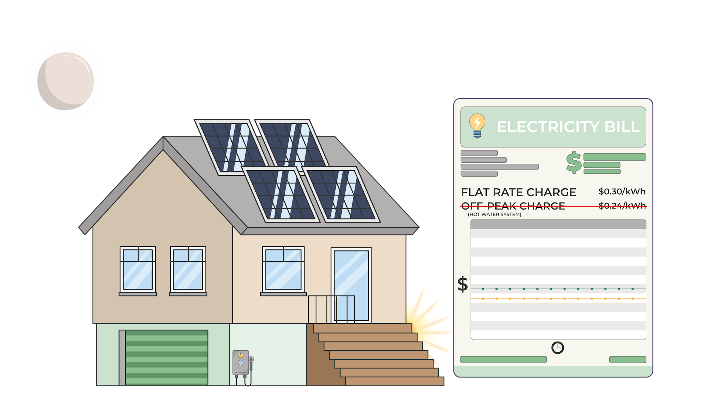
There are two mainstream options when it comes to hot water controllers. You can install a simple timer that will routinely heat your water system in the middle of the day when the sun is at its peak. Or, you can install a sophisticated control through your solar inverter via a meter, where we can optimise the unit to charge only with excess solar energy that your system produces.
By installing a hot water timer, you negate the need to use grid electricity to heat your hot water system, meaning that you can completely eliminate the off-peak charge on your bill. For our customer, this will save them approximately $200 per quarter.
2. Reduce general usage kWh by improving solar self-consumption
The key to maximising savings on your general usage charge is to use as much solar energy during daylight hours as possible. This is called solar self-consumption, and it is the most effective way to reduce your general usage charge and lower your solar system payback period.
Read more: How to improve your solar self-consumption with load shifting
To improve your solar self-consumption, you should aim to shift as much of your electricity usage to the daytime (as possible). For example, ensure you're using the washing machine, dishwasher, pool cleaner, temperature control, and other heavy energy users during the day. As soon as you start using these appliances at night, you are using energy from the grid, therefore increasing your general usage kWh and costing you money.
Read more: 5 ways to maximise your solar energy consumption
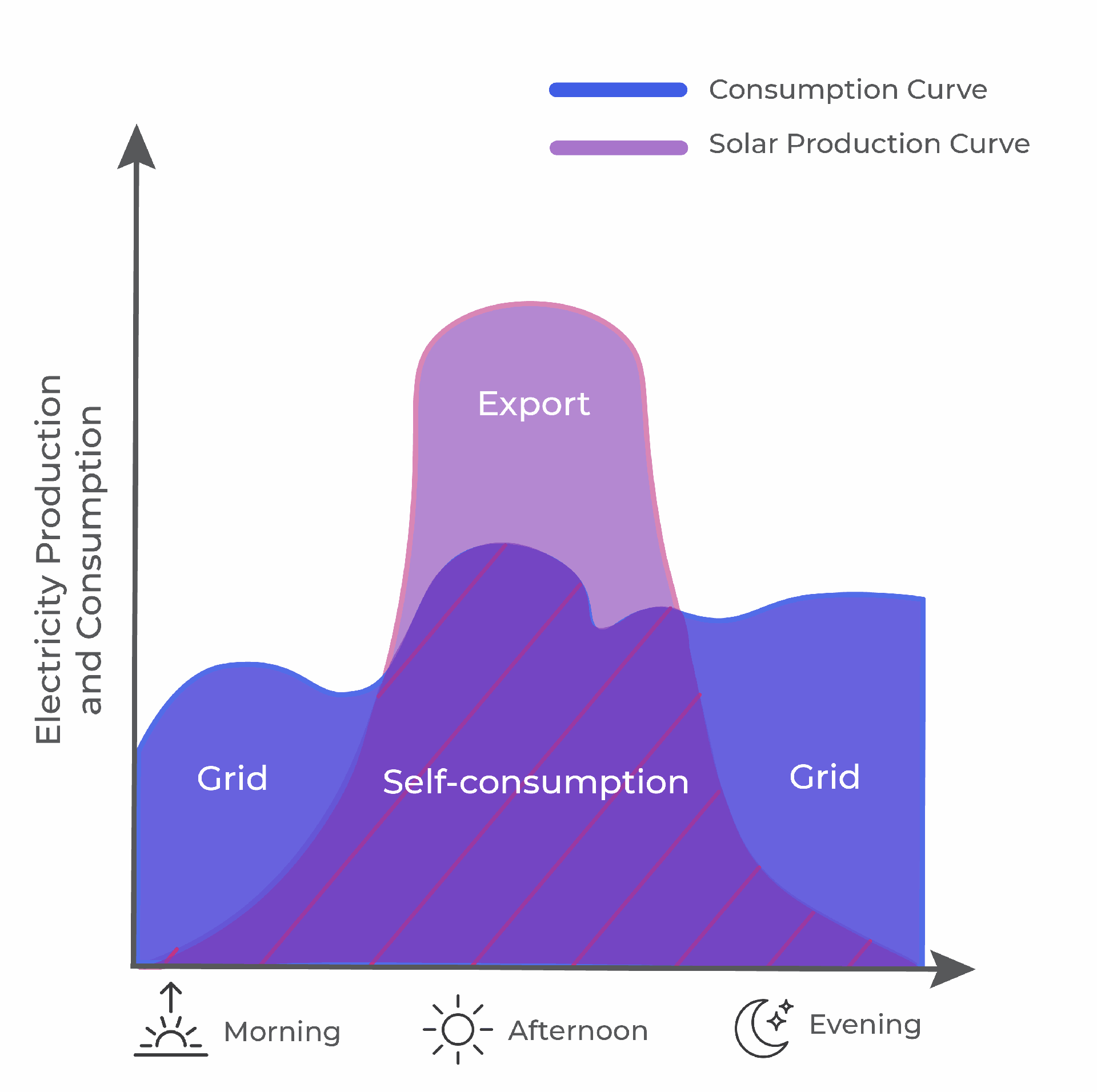
3. Eliminate general usage kWh by installing a solar battery
If you're interested in going the extra kilometre and would like to completely eliminate the general usage charge on your electricity bill, we would recommend installing a solar battery.
A solar battery allows you to store excess solar energy your system produces during the day so that you can access it at night. By using excess solar energy at night, you avoid pulling energy from the grid, reducing your general usage charge to $0. Pretty cool, right?
Read more: Store your excess solar energy with a solar battery

However, solar batteries like Tesla Powerwall and SolarEdge Home Battery are still significant investments for many homeowners, and depending on how much your general usage charge is per quarter, may not be worth it. The example bill above only has a general usage charge of approximately $370 per quarter. With high-quality solar batteries around $10k+, the payback period of this investment probably wouldn't make sense for this customer.
Read more: Maximising solar energy with Tesla Powerwall
If your household uses a significant amount of energy and your general usage charge is exorbitant, then a solar battery may be a wise investment. The QLD Government is soon releasing a solar battery rebate for Queensland homeowners that you may be eligible for - learn more about it here.
Springers Solar | Queensland's Most Experienced Solar Installer
Springers Solar provides quality components with proven performance, backed by industry-leading warranties, and dedicated after-sales support. Thousands of satisfied customers over more than 21 years of operation make Springers Solar one of the most established and experienced solar companies in Australia.
Springers Solar has received multiple awards for design and installation and is a certified/preferred installer for a large range of solar panel, inverter, and solar battery manufacturers, including Tesla, REC, and SolarEdge.
Our dedicated in-house team of electrical engineers, project managers, solar PV designers, solar installers and electricians work closely with you before, during, and long after your project is completed. Springers Solar offers an industry-leading 10-year workmanship warranty which is a testament to our qualified staff and offers you outstanding value and peace of mind.
Contact us about anything related to our services using the form below.
We'll get back to you as soon as possible.
- Springers Solar
- 704 Gympie Road
Lawnton QLD 4501
Australia - 07 3889 8898
- sales@springers.com.au
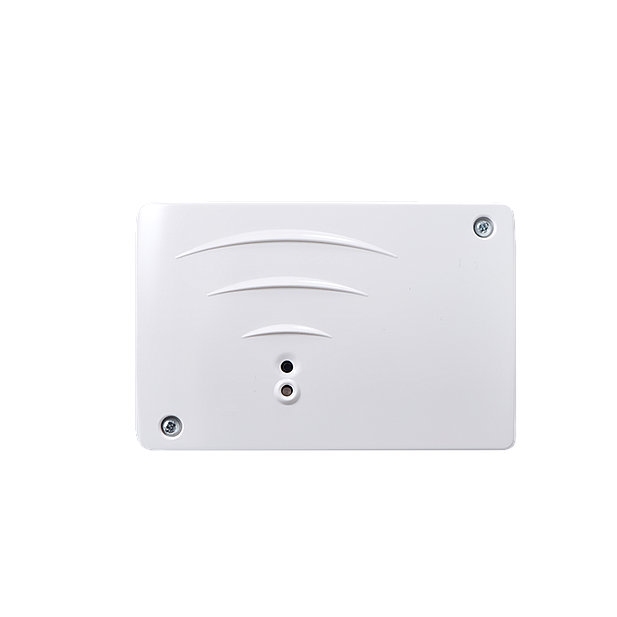
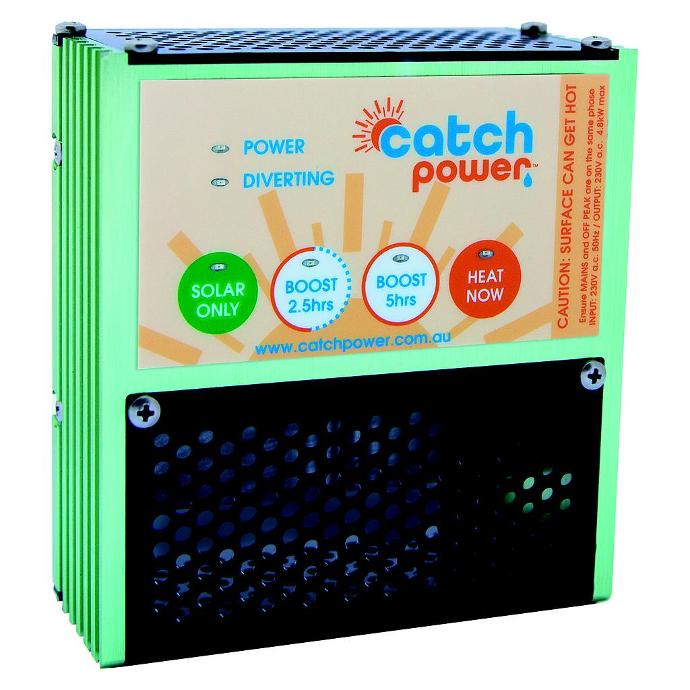
Electricity Bill Tariffs Explained: Flat Rates and Off Peak Charges